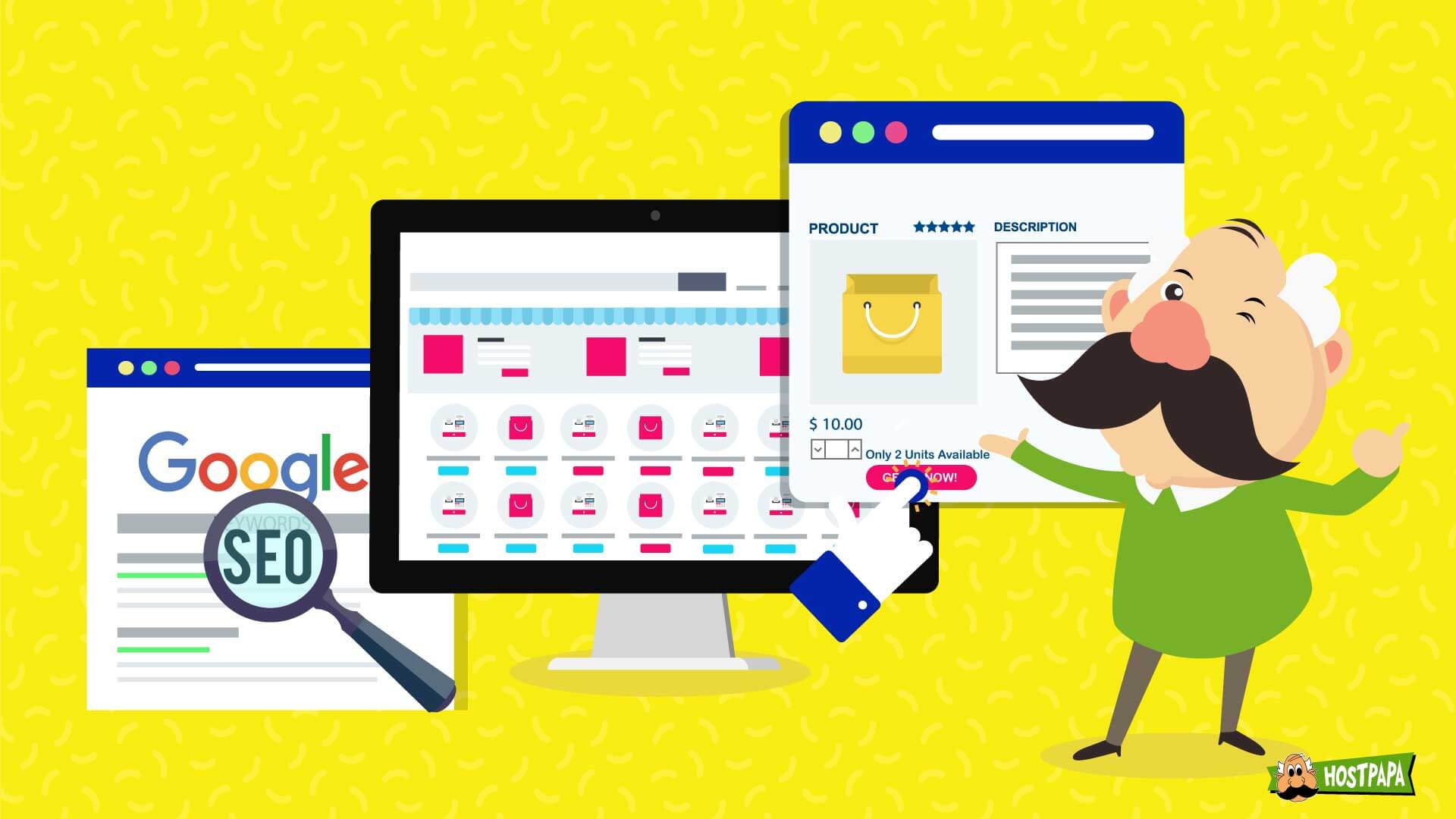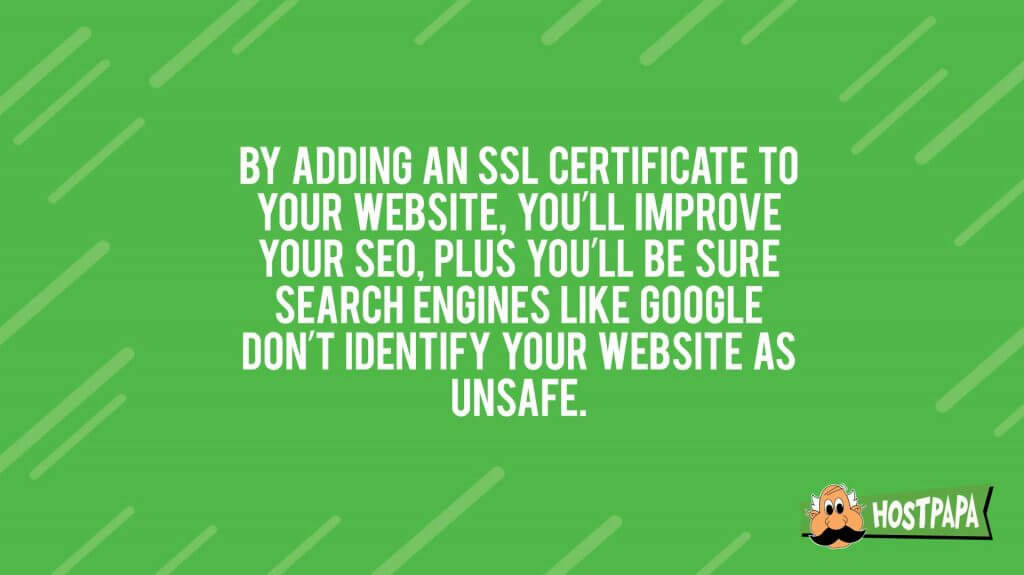eCommerce SEO Tips

9 eCommerce SEO Tips
In 2019, consumers spent more than $600 billion on eCommerce websites. With eCommerce growing at an exponential rate, it’s no wonder that so many brands, businesses, and individuals are now offering their products online.
When setting up an online store, one way to maximize your return on investment is to implement proper eCommerce Search Engine Optimization (SEO).
What Is eCommerce SEO and Why Is It Important?
When a user searches online, he’ll ignore results that aren’t on the first page. All websites, whether they sell products or not, need to focus on SEO to increase traffic, but for eCommerce sites, SEO can be the difference between success and failure.
Unlike blogs and promotional websites, eCommerce sites function with a direct link between website traffic and sales. A high ranking in search results creates more traffic, which results in more sales and increased revenue.
The SEO tactics used to promote an eCommerce site are different from those used to promote a blog, for example, which may simply require descriptive meta tags. To boost your eCommerce store’s visibility, familiarizing yourself with eCommerce SEO tactics and techniques is essential.
Tips for eCommerce SEO
It’s a two-step process: first, improve your site’s rankings on Google and other search engines, then see sales increase. SEO best practices are a crucial element in eCommerce success, and here are nine ways you can improve your online store’s placement in search results.
1. Focus on the Website’s Structure
Optimizing your website’s structure is key to increasing traffic and boosting your eCommerce store’s visibility on search engines like Google, Yahoo!, and Bing. The website’s structure is important for people, but it’s also vital for search engine crawlers. A good website structure will make it easier for bots to find the content on your website.
Your website should be structured in a way that prioritizes easy navigation. A simple navigation structure helps search engines and shoppers find your products.
First, create a list of all the products you’ll sell on the website. If you don’t have many, simply listing them on your site will be sufficient, but a large collection of products will have to be divided into categories.
Next, create web pages for your products, one page each. If you divide your products into categories, each category should have a web page too. The site’s menu bar should include links to all your products (or categories).

2. Design for Mobile
With mobile eCommerce transactions on the rise, it’s critical to have a mobile-friendly website in place. As mobile browsing becomes increasingly popular over traditional browsing with a desktop computer, consider designing your website for mobile browsers first.
Viewing the site on a mobile device impacts how users interact with elements on the site. Design factors like paragraph structure, icons, and menus must be approached with smaller screens in mind. Doing so will make your site easier to use and prevent visitors from leaving out of frustration.
3. Use Tags and Product Categories
When creating your eCommerce storefront, if you have more than a few products, it’s essential to categorize and organize all of those you intend to offer. Using tags and categories will help you keep track of your inventory and boost your website’s SEO. When defining product categories, use relevant terms that are commonly searched. An excellent way to identify them is by checking out your competitors’ websites.
4. Keep URLs Short and Sweet
Always choose a clean URL structure, whether you’re using WordPress with WooCommerce or a third-party host, such as Shopify. Selecting the proper permalink structure can help users find your website while also boosting its SEO within search engines. Avoid using URLs that include a combination of mixed letters, numbers, and various symbols. A short, simple URL is also more likely to be shared on social media resulting in more traffic.

5. Secure Your Website
With data breaches and malicious hackers becoming more commonplace across the world, it’s imperative to secure your eCommerce site, regardless of your platform or host. Implementing an SSL (Secure Sockets Layer) certificate can help encrypt user data better when customers are shopping and checking out. Encrypting users’ data is crucial in preventing vulnerabilities and risks to their information.
By adding an SSL certificate to your website, you’ll improve your SEO, plus you’ll be sure search engines like Google don’t identify your website as unsafe.
If you’re uncertain how to purchase an SSL or whether your website is already secured, be sure to contact your current web host directly.
6. Identify Your Keywords
Defining the search terms for your eCommerce store is essential, especially if you face heavy competition.
Long-tail keywords can help you quickly establish your eCommerce store in competitive areas, even if your website is relatively new. Long-tail keywords may include specific phrases or descriptors of products that can help them stand out amongst competing or similar products.
Digital marketing whiz Neil Patel has some great ideas on how to find the right keywords for an eCommerce website. For one thing, you should use specific search terms targeted at the products you’re selling. Google Keyword Planner or a tool like Übersuggest can be instrumental in keyword research.
Choosing the right terms to target can prompt users to visit your website, learn more about your business, or make a purchase.

7. Create Unique and Engaging Category Level Pages
One way to boost your eCommerce website’s SEO is to create unique, engaging, and original content for each of your category level pages. For example, if you had an online clothing store that also offers accessories and makeup, you could create a unique category page for each of the three product lines. That would help customers find what they’re looking for and help boost your website’s SEO.
8. Ensure Product Descriptions Are Unique
Directly imported default or copy-pasted product descriptions are not considered unique by search engines, as they have likely been duplicated and used across hundreds of web pages. Ensure all of your product descriptions are unique and true to your business or brand’s overall message and image. Your SEO results will make it all worthwhile.
9. Have a Redirect Plan for Discontinued Products
If you intend to retire products over a period of time, it’s crucial to have a web page redirect plan in place. Before you begin archiving products or pulling them from your eCommerce store, be sure to 301 redirect visitors to the most similar product or create a custom 404 page that lets the user choose where to go next on your website. If you don’t have a redirect plan, you run the risk of the visitor landing on an error page, which could scare them away.
Start Small and Grow Big
Launching and managing a successful eCommerce website is much easier once you have a proper eCommerce SEO plan. With a strong SEO campaign, long-term success is achievable in any market or industry.